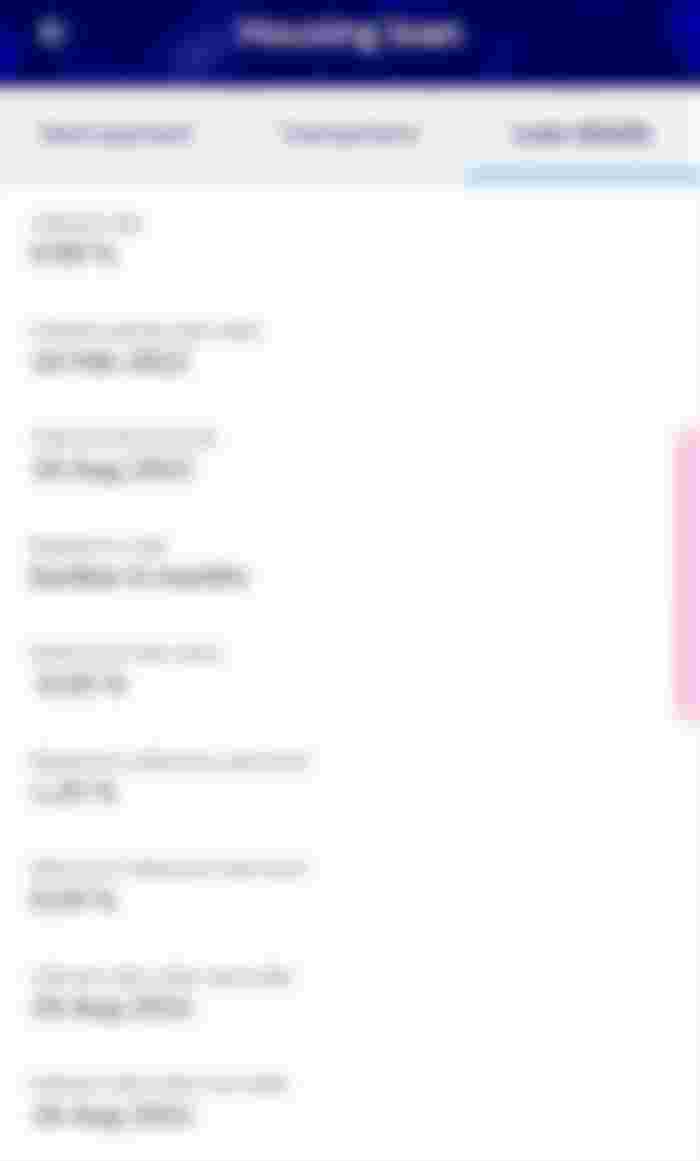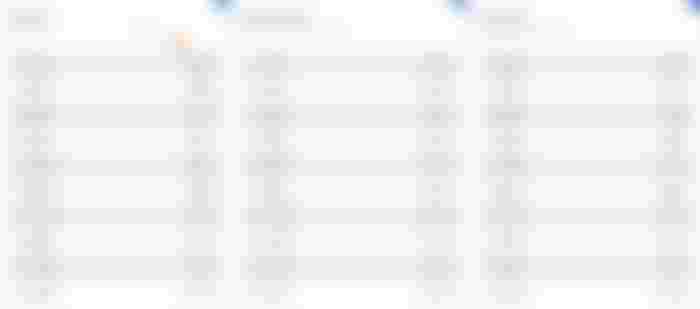A Dollar Collar
I was reading that the Reserve Bank of Australia (RBA) again raised interest rates, as expected, by a full 0.5% today. This means that those who have exorbitant loans are going to be facing increasing pressure, especially in the face of rising costs of living in pretty much all other sectors also. The combination of increasing prices is going to put significant extra costs on millions of households.
For those that remember, we collared our loan for 10 years, which means that there is a "cap" on how high the interest rates are able to go on our home loan. For this possibility, we pay a higher interest rate than the current (Referencing the Euribor) as a fee for the collar.

Last year, we found out that they hadn't actually collared it in the contract, meaning the protection we thought we had, wasn't in place and we were screwed, as they were no longer offering the collar at all. However, after a lot of complaining and a few months of negotiation, we did end up getting the 10 year collar we originally wanted at a not quite as good, rate, but still not too bad. For me, this was important, as while we do pay more for our loan, the rates are already so low that locking them in here makes sense and, if it never goes up, the additional cost is negligible. However, if it does go up significantly, we are covered for a decade.
You can see this below in a snapshot from my bank app:

So, the current interest rate paid is 0.99% and as this is tied to (variable) the Euribor 6 months, with a maximum reference rate of 1.2% With the loan margin at 0.45% - it means that the maximum interest rate we will pay until 2031 is 1.74%. Currently, we are paying slightly above the market rates, but for the security of a decade cap and the interest rates being so low, even at the maximum reference, it is worth it.
Now, the Euribor has been negative since 2016,

but just yesterday, the Euribor 6 month went positive:

And looking at the trend since the start of 2022, I think it is going to keep climbing.

The difference on our loan in regards to monthly payments between where we are and the cap, is about 50€, but if we were to go to the 5% of 2008, the difference would be around 500€ worth. If it went to 8%, that blows out to 900€ difference per month. This makes quite a difference in the unfortunate outcome of very high interest rates, but doesn't make much difference for us to pay a little more now.
The collar is a hedge, where we have been overpaying monthly for the last year or so, because the reference value has been negative. But, once it starts to go positive and if it exceeds the minimum 0.54% - it starts to return. This gives us some peace of mind in regards to our monthly repayment schedules in the event of economic meltdown, but with money "so cheap" when we took the loan, we aren't paying a massive amount more. This leaves us in a known band of repayments, regardless of market conditions.
Now, after 10 years, it could very well be that the collar has cost us more than it has saved us, but that is the cost of the hedge and it is a price I am willing to pay over that period of time, considering how volatile the economy is getting and how all of those other costs are going to rise also. In essence, it gives my wife and I one less thing to worry about, freeing up the worry for the other million things that are inevitably going to fall onto our plates.
Looking at the rates in Australia, the comparison rate for calculation is already at 2.53% which is 0.8% above the maximum I will pay on the collar, so it is no wonder that Australians are worried about increases in the interest rates, because they are already overpaying for their loans and, the housing market has been incredibly hot over the last two years, but it is cooling off rapidly. This means they are going to be stuck with high repayments on houses that are not worth what they paid for them (possibly even after the 30% collateral they put in), meaning that even if they did want to sell to get out, they aren't going to cover their loan amount. That is stressful!
Of course ideally, the goal is to have zero loans, but that just isn't possible at this time, so low interest is the next best thing and who knows what the economy holds in the next ten years. One thing is for certain though, debt is always going to come at a cost. How much we are willing to pay for it, is the question.




